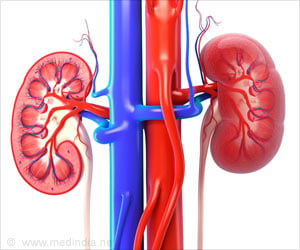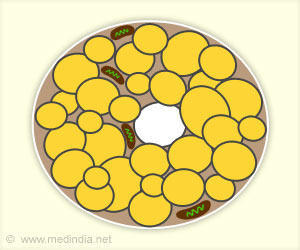Direct measures of body fat would provide a better risk estimate for kidney function decline.

‘Visceral fat, intermuscular fat, BMI, and waist circumference--but not subcutaneous fat--were all associated with kidney function decline and the development of CKD.’





Waist circumference and body mass index (BMI) may be as reliable as direct measures of different types of body fat for assessing an individual's risk of developing chronic kidney disease (CKD).
In the past two decades there has been an increase in the prevalence of CKD that has paralleled the increase in the prevalence of obesity. To investigate, Magdalena Madero, MD (National Heart Institute, in Mexico City) and her colleagues examined information from computed tomography scans on 2489 Health Aging and Body Composition Study participants.
They had normal kidney function and an average age of 74 years. The scans measured visceral abdominal fat, subcutaneous fat, and intermuscular fat. The team also collected patient data on BMI and waist circumference.
CKD developed in 17% of participants over a median follow-up of 9 years. Visceral fat, intermuscular fat, BMI, and waist circumference--but not subcutaneous fat--were all associated with kidney function decline and the development of CKD.
"Although we hypothesized that direct measures of body fat would provide a better risk estimate for kidney function decline, we found that anthropometric measures of body fat such as BMI appear to provide similar estimates," said Dr. Madero.
Advertisement















